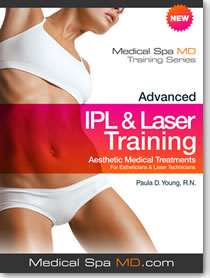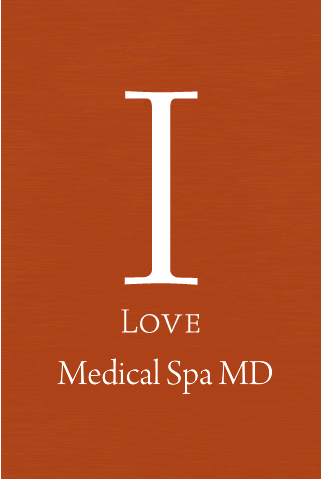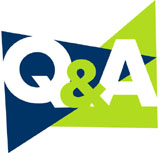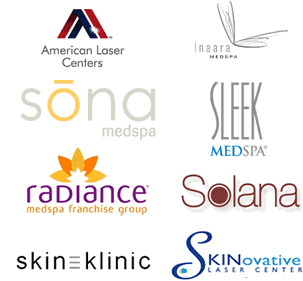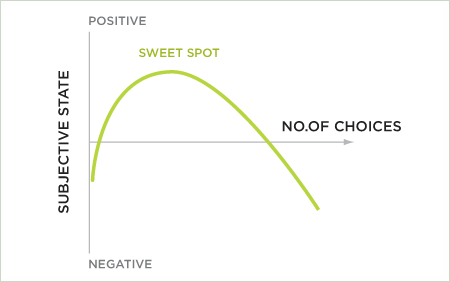If you’re involved with or own a medical spa, this question is no doubt on your mind.
In this article, I will give you several tips and tools to evaluate your laser centers culture and operations, so you can successfully navigate any economic downturn… And live to sell another day when the inevitable upturn comes around.
What is the Passion and Purpose of Your Medical Spa?
You reap what you sew. When you engage proactively and passionately in your business you will undoubtedly be successful and see your practice expand. It helps to articulate your passion for your medical spa.
At Assara Laser, our passion is to “help clients look and feel great, not fake.”
Why the Recession Drastically Affects Your Laser Clinics Bottom Line
You’ve probably noticed that generating revenue is not as easy as it once was. There are myriad reasons for this; from the decline in disposable income, to unemployment hitting record highs and tanking real estate valuations. As if these facts were not bleak enough, credit markets are virtually frozen so business owners are finding it nearly impossible to obtain small business loans and lines of credit. Refinancing current loans has become difficult for small businesses.
In short, we're operating in the perfect storm.
Accepting Reality and Responsibility Today
The easy way out is to close up shop and blame the recession. This will not help you going forward, it will not pay your devoted employees their wages, and most of all, it will not help your clients “look and feel great, not fake.”
So, accept responsibility.
The hardships of the recession create a fact-pattern, problem to be solved; not a reason for failure. To paraphrase Michael Jackson, start, first, with the man in the mirror. Think about the following questions. And pay attention - there will be homework at the end of this article!
Finding Your Medspas Winning Competitive Difference?
Let’s be honest. The quality of your laser clinc's treatments are probably not drastically better than that of your competitors. The proprietary equipment and IPL or laser systems (Thermage, Fraxel, Titan) that you use are, for the most part, available to the competitive skin clinic market at large.
You may believe (and tell clients) that your microdermabrasion treatments are better because you use a diamond-tipped wand or aluminum oxide crystals. You may think that your IPLs or laser hair removal treatments are better because you use cryo-cooling or because you use chilled air cooling, or because you use a diode laser or because you use alexandrite lasers . . .
BUT . . .
Step in to your clients' shoes. To them, the bells and whistles of your Thermage or Fraxel device don't matter. Your clients already expect expert advice and cutting edge cosmetic lasers, IPLs and skin tighening equipment, so merely meeting this fundamental requirement is not a winning competitive difference.
What does matter to your clients are presentation, client interaction, customer service, reliability and consistency. Consider this carefully.
What is each of your medspas clients worth?
At Assara Laser, one of the most popular packages is our $449 per month Unlimited Laser Hair Removal Program. On average, a client that signs up for this program will remain a member of the Program for 7 months, depending on the results they wish to achieve. How much is a single unlimited client worth to us? A client in the program for 7 months, making a monthly payment of $449 is worth $3,143. For many laser clinic owners, a single laser hair removal client is worth more than a home mortgage payment!
Do you treat every single potential laser treatment client that contacts your laser clinic as if they’re worth $3,000?
What is your time and effort worth?
Before my partners and I built Assara Laser, I was an attorney. I still practice corporate law as a labor of love, when a friend or business contact has an exciting deal. I normally discount my rate to about $400 per hour, as law isn’t my primary source of income.
Assume an hour of your time is worth $400. Assume further that, every time your customers complain, you are willing to give a discount, or a free treatment and that, collectively, free and discounted treatments account for a 20% loss in your revenue. To make up for this lost revenue, how much more work do you have to do?
Well, let’s add 20% to your 10 hour day, which now makes it a 12 hour day. If your annual sales are say $1,000,000 per year, you’ve lost $200,000. This translates into 500 hours more of work you must do to bring your revenue back to status quo!
Is there a big difference between a day that starts at 9:00 a.m. and ends at 7:00 p.m. versus ending at 9:00 p.m. You betcha there is! Is there a big difference between a loss of $200,000 and a loss of zero. You betcha there is! And these differences drastically affect your quality of life.
How Do You Avoid Mistakes?
Mistakes are costly. A happy client is worth more than $3,000, and will likely refer business, the best and cheapest form of marketing. A single angry client will result in you working 2 hours more per day for the following seven work days, and will possibly diminish your reputation by badmouthing your medspa.
A lot of people think excellent customer service means free treatments. It doesn’t. Excellent customer service means delivering what you promise. You know the limitations and effectiveness of your treatments so promise only what you can deliver and do it consistently, with a smile on your face!
Your Homework
Write an email to one close friend or business partner (or to me, if you would like to engage in this project with me: wshuman@assaralaser.com), in which you answer the following questions. Cut and paste the text below into your email, and fill in the blanks with no more than three sentences:
I wanted to pick your brain for a moment. I’m working on a plan to really blast my medical spa practice off the ground, and I wanted you to use your intuition to judge the quality my sentences below. What do you think?
The best way to succeed in business while I make clients feel great is:
The recession has made it harder for my medical spa to operate because:
My medical spa’s winning competitive difference is:
Each of my laser center's potential clients is worth:
I will earn every cent paid to me from a client’s hard earned money by:
The biggest recurring (or systemic failure) affecting my customer service is:
Please let me know your thoughts.
Note: The above is a guest post from Will S. of Assara Laser Centers. You can find Assara on the web at the following links: Assara Homepage and Assara Blog.
If you would like to write or guest post for Medical Spa MD please contact Medical Spa MD here.
 Awhile back I posted an aesthetician position on a local job search website. In my requirements, I had stated that only those aestheticians who have been trained in the proper use of laser technology should apply. I must have received over 100 resumes with barely a few who have ever laid their hands on a laser or even observed any procedures.
Awhile back I posted an aesthetician position on a local job search website. In my requirements, I had stated that only those aestheticians who have been trained in the proper use of laser technology should apply. I must have received over 100 resumes with barely a few who have ever laid their hands on a laser or even observed any procedures.


